It’s hard to believe that Labor Day is here! As this weekend passes by, we take a last big gulp of the freedom of summer and tuck back into the rhythms of school and a different type of calendar. As the days start to get a bit shorter and we transition to fall, we wanted to share a few of our favorite outdoor play activities that will get your children outside in every kind of weather.
All these activities can be adapted to each season and every fluctuation of temperature, since not everyone lives in places where fiery colored leaves drop from the trees beginning in early October or deep snow drifts hang around until March. But no matter what climate you live in, everyone lives near some kind of nature, whether it is in your backyard or at the city park. And with each season, the materials that nature brings forth change and allow for new play materials to emerge.
The following activities will get your kids outside as the weather cools down and they will be there when the warm weather comes again. We hope they serve as the gateway for a year of adventures with fresh air and natural materials. Perhaps they are old standbys for you and your kids but by seeing them here, we hope they will spark a moment of recognition and get you all inspired to greet the changing seasons with play.

Fairy Houses in Every Season
Most often when we build these little houses, we do it in fair weather, often in summer. It is true that fairies love summer and let’s face it, who doesn’t? But there is no reason why this magical activity needs to be limited only to the warmth of summer. Every day can be a fairy house building day whether there is snow on the ground or there is a light rain falling. When you are in the world of fairy houses there are endless possibilities—sticks become magic streetlights topped with the flowers known as Chinese Lanterns, bark becomes a doorway to a fairy pet store, and a snow covered rock or stump can transform into a fairy sledding hill.
Nature Scavenger Hunts
A nature scavenger hunt is a great way to start the day outside because it includes gathering, scavenging, and exploring all in one activity. Basically to create a nature scavenger hunt, all you need is a list of things to look for. The following are some of the things that are fun to find and can be found anywhere but remember the list can go on and on and can be more specifically customized to the climate you live in and your particular setting. Make sure your child has a sturdy bag or basket to gather their treasure in. Once your child has found all their treasures, perhaps they can add them to their fairy houses!
Find: Something thin, something smooth, something round, something green, blue, red, etc., something that is shaped like “Y,” something rough, something twisted, something see-through, something fragile, and something that can be used as a string and tied.
Explore Animal Tracks
Identifying animal tracks is a surefire way to get to know the neighbors, the animal neighbors, that is! This activity gets particularly easier when snow is on the ground or after a rainy day when the ground is very muddy. Finding and identifying animal tracks is like being a nature detective, following clues and looking closely at evidence. Early morning light is the best for spotting fresh tracks plus many animals are the busiest at night. Once you find a set of tracks, you can even follow them to see where the animal went and perhaps make a story about what the animal was up to during their adventure.
There are four major kinds of track patterns. The first kind are hoppers like squirrels, mice, and rabbits, who have five toes on their back feet and four toes on their front feet. The second are walkers, like deer and fox that walk on skinny legs. Bounders are another kind of track, and skunks do this by placing their front feet next to each other as well as their back feet, then leaping so that their back feet fall in same spot. Last come the waddlers, such as raccoons and beavers. These animals put their hind feet next to their front feet and waddle along. As you and your family become animal track experts, notice the tracks you all leave behind in every season depending on your seasonal shoes.
Making Forts
Building and creating an outdoor fort will provide an ideal spot to listen to what Rachel Carson calls the “insect orchestra.” Not to mention that a fort can be a quiet place for reading or drawing, and even a place for neighborhood meetings. The first step when making a fort is to find a perfect location; a site with a natural element to use as a foundation of sorts—a big tree or a huge boulder that can provide support. Next, gather your strength, for the next job is to gather your building materials and that means long, straight sticks—lots of them. Start by leaning your stick ‘poles’ up against the tree or rock so that they rest at an angle. You want to create a wall of sticks, but it’s okay if there are slight gaps in the middle. As you lean the sticks, think about where you want to place your entrance to the fort. To turn this into a leaf fort, start at the bottom with a big pile of leaves, smooshing them into the sticks. Then work a little higher until the entire structure is coated with leaves. The thicker the wall of leaves, the warmer your leaf hut will be. The result will be a cozy hideaway to keep the autumn chills away.
Rock Play
There are millions of rocks in every possible shape, size, and color. Some are bright colored, some are hard, and others are fragile, but they are sitting there waiting to be discovered. No matter which part of the country you live in, there will be rocks and we can guarantee that kids will be collecting them. Certain ones call out because of their color and shape. The beauty of making rock art is that all your child’s finds can be combined to create magnificent stone structures, even entire villages can be created out of pebbles. They can build towers to protect the village and plant twig trees in the gardens and village squares. But that is not all, rocks make ideal chairs and tables for fairies or small animal visitors to sit in. Another fun activity is to create pebble patterns by finding groups of stones that are different colors sorting them into spirals with dark and light-colored stones. Or kids can make an outline of a picture and fill it with different shades of stone.
Wild Weaving
Wild weaving is a type of weaving that can change through the seasons as you weave in all kinds of different plants and vines. In the summer gather wildflowers and leafy vines; and in the fall collect golden vines and autumn leaves for weaving. To make a nature loom, find a strong, healthy stick with a nice fork in it. Take some string or yarn and wrap it across the width of the fork. Keep wrapping until the length of the fork is covered with lines of string. Then gather a variety of natural materials and weave them through. You can also make a square stick loom by lashing four sticks together to form a frame. Then loop your yarn or string around the frame. Continue as above for a “squarer” version for your wild weaving.


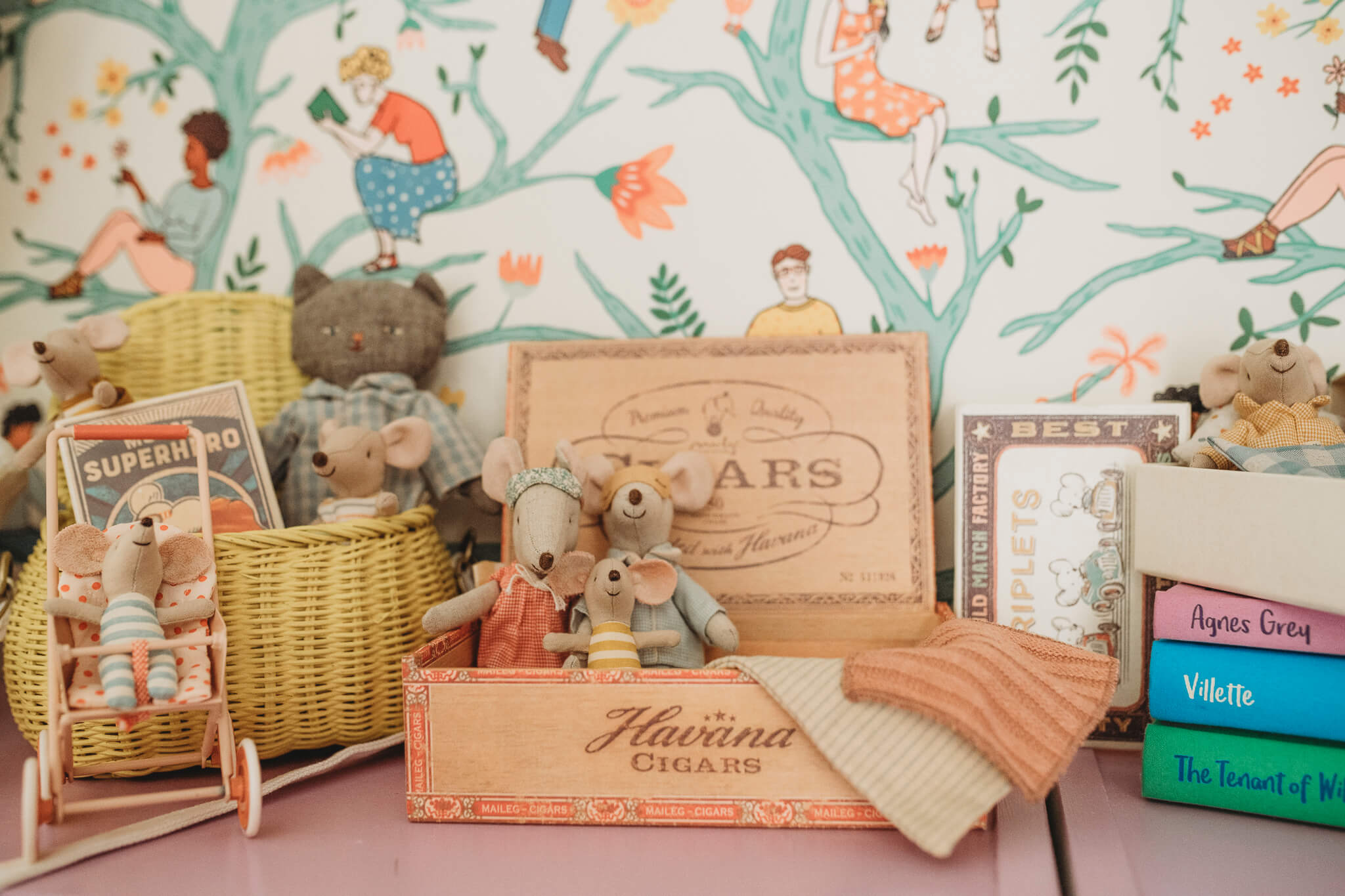
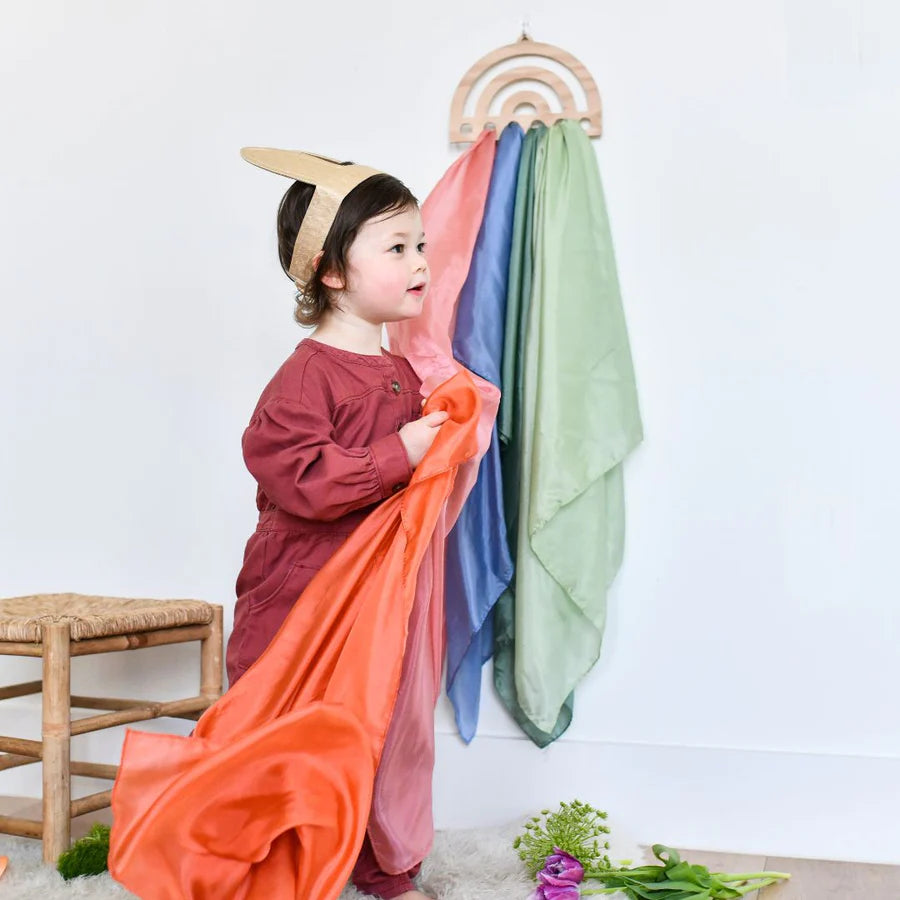




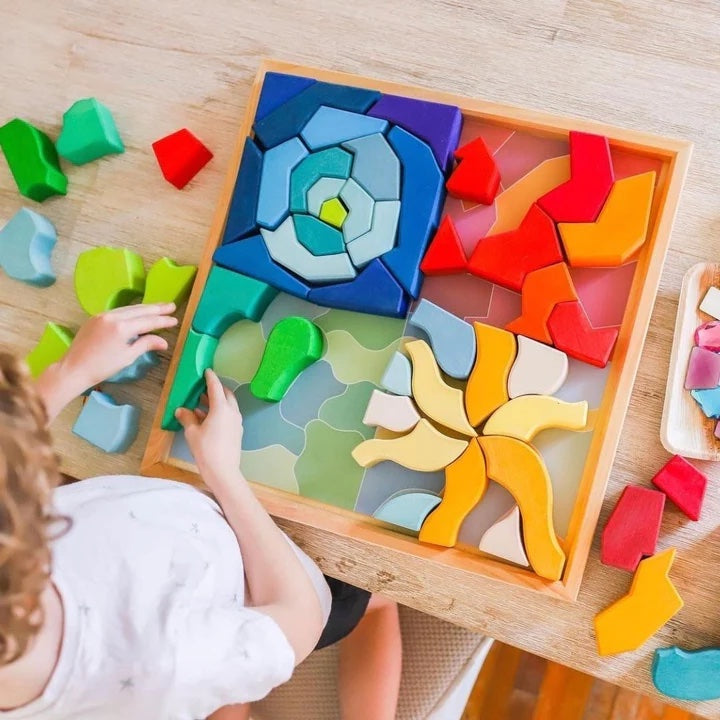
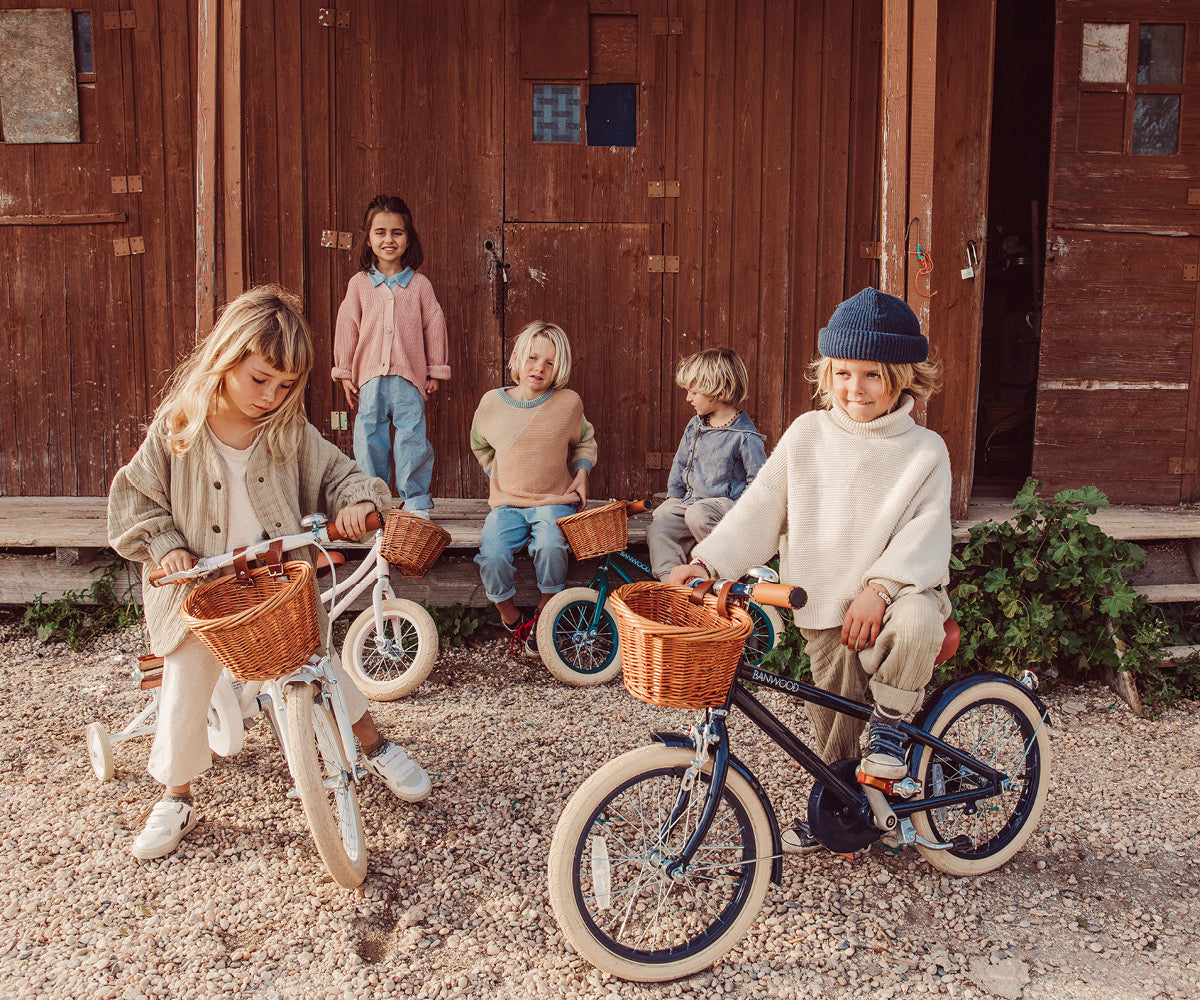

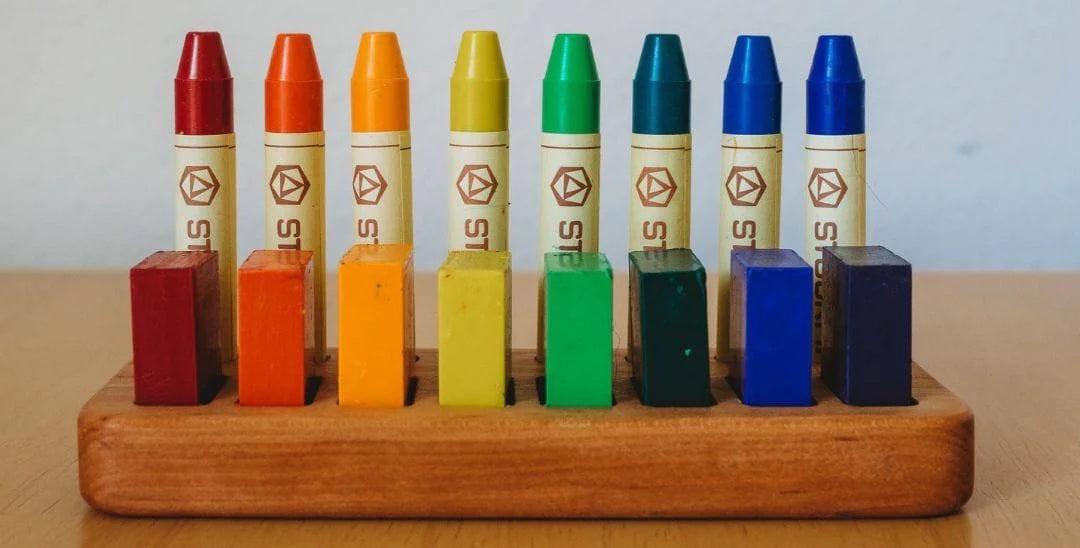
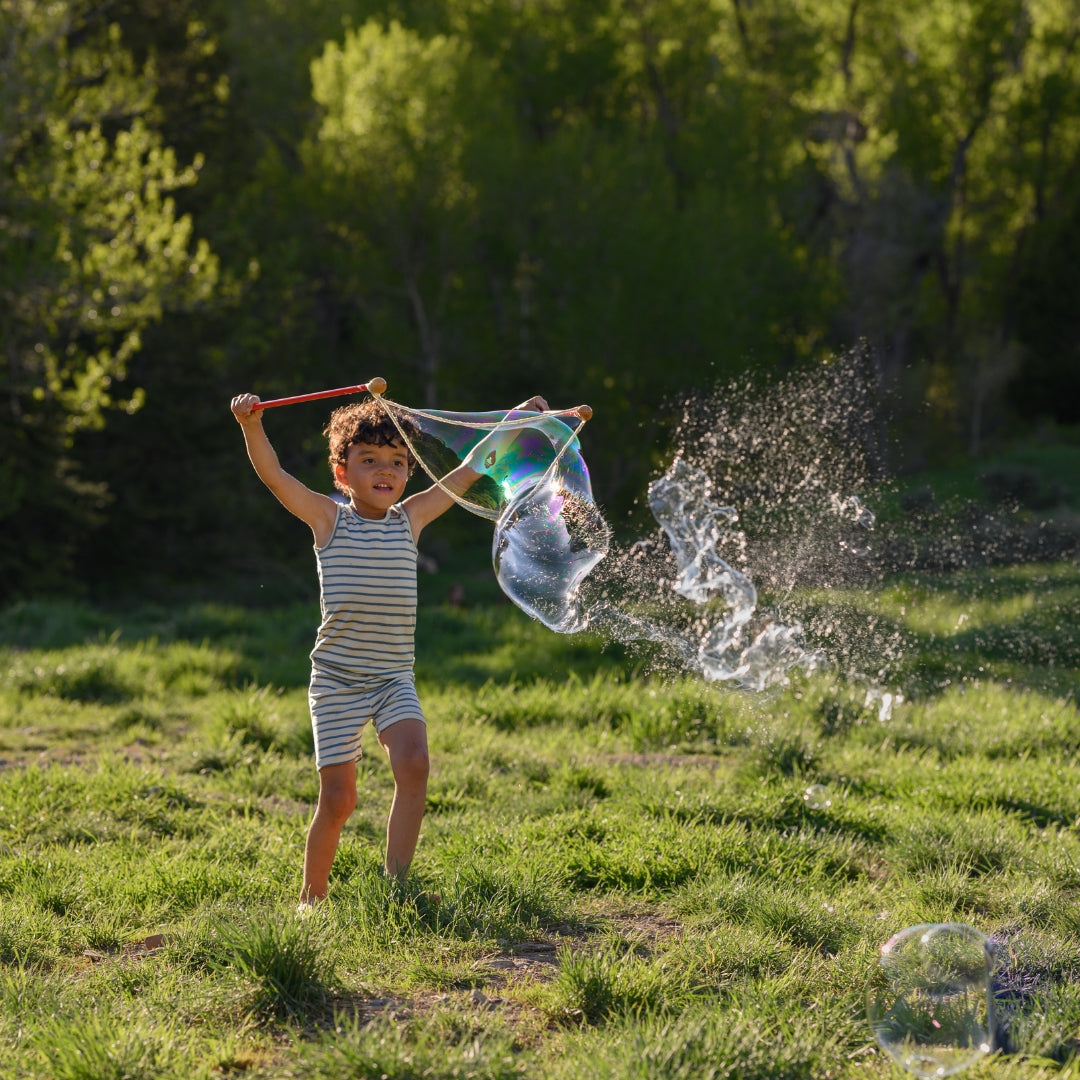
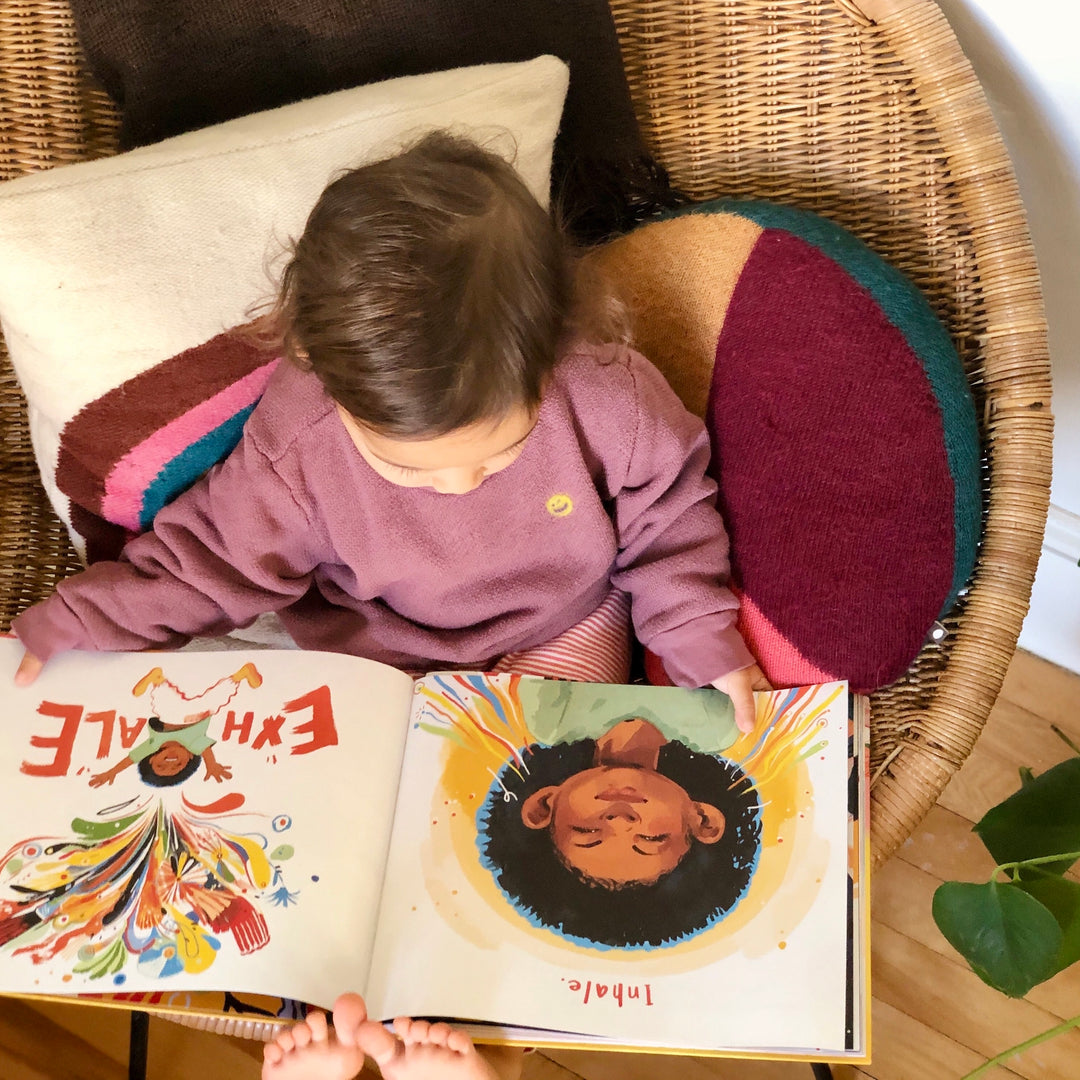

It was great to read your ideas. I forgot about how fun scavenger hunts can be. Will be doing that with my four kids this week. Thank you for the inspiration.
Leave a comment